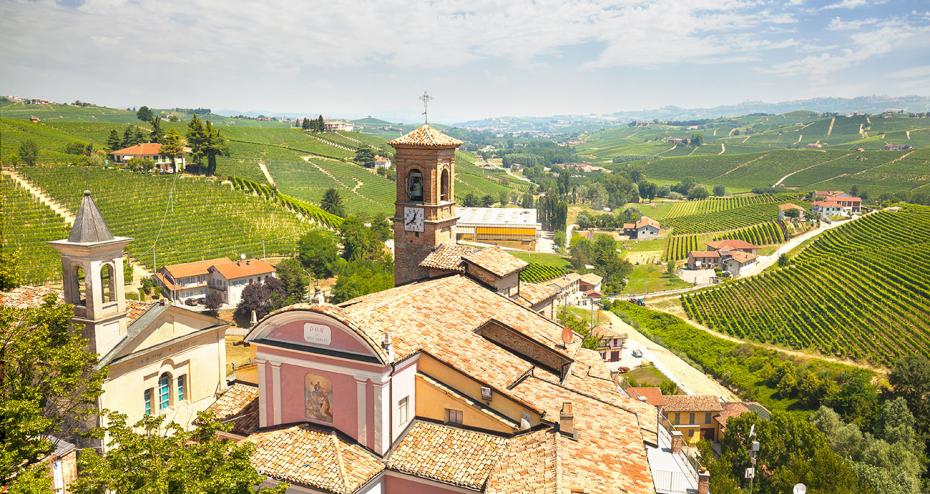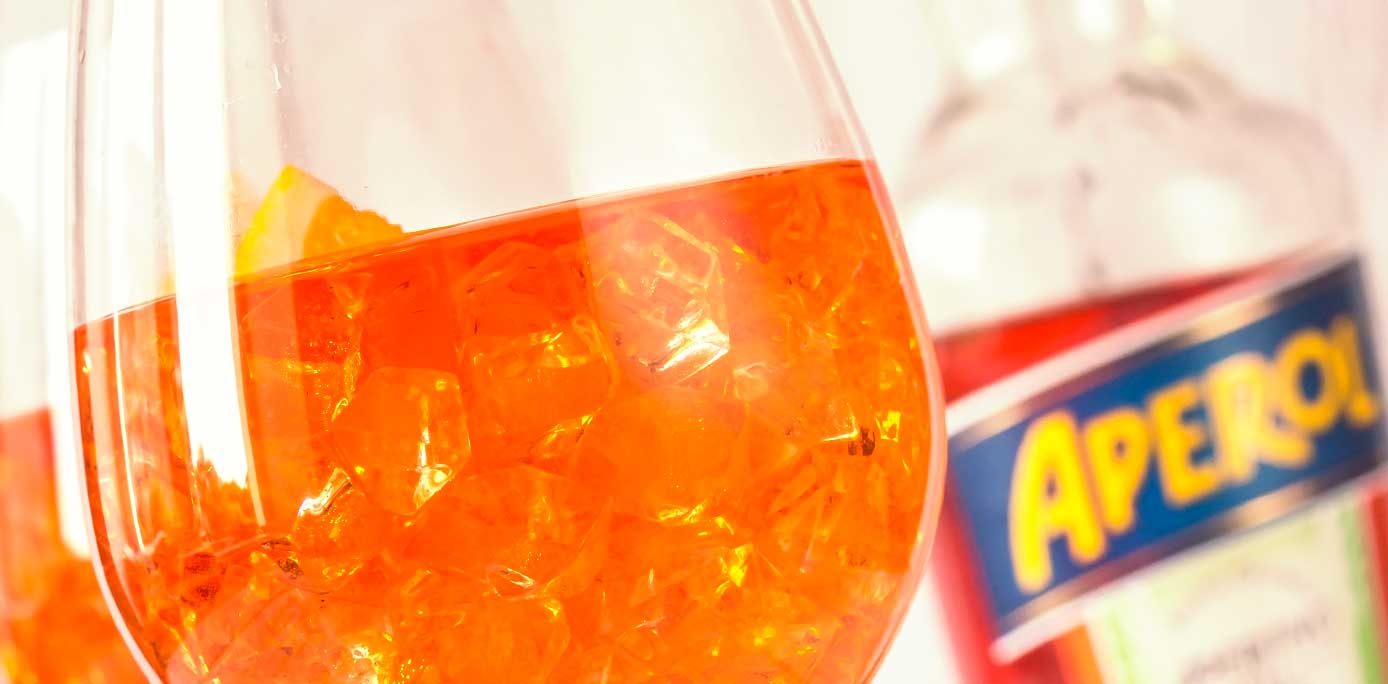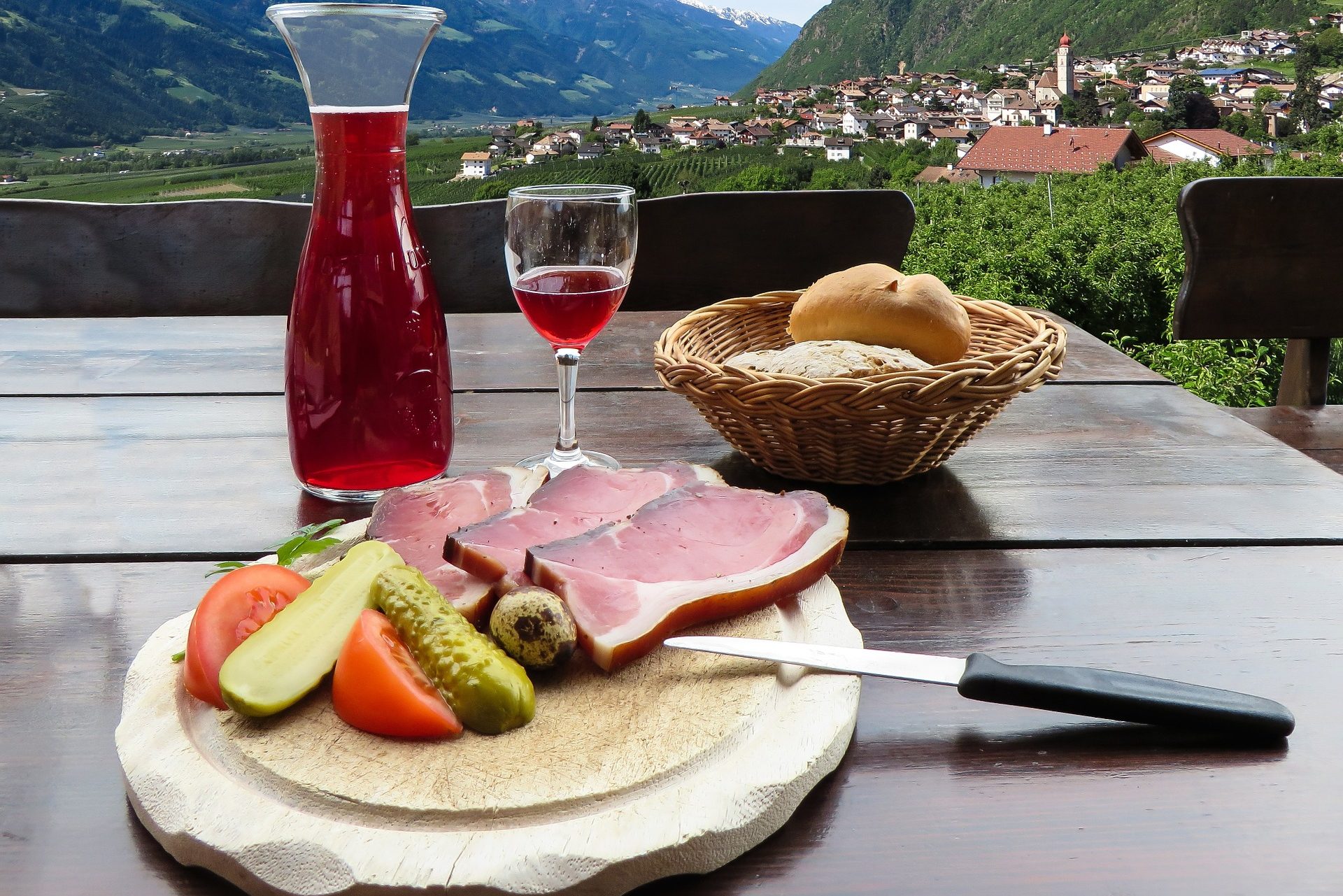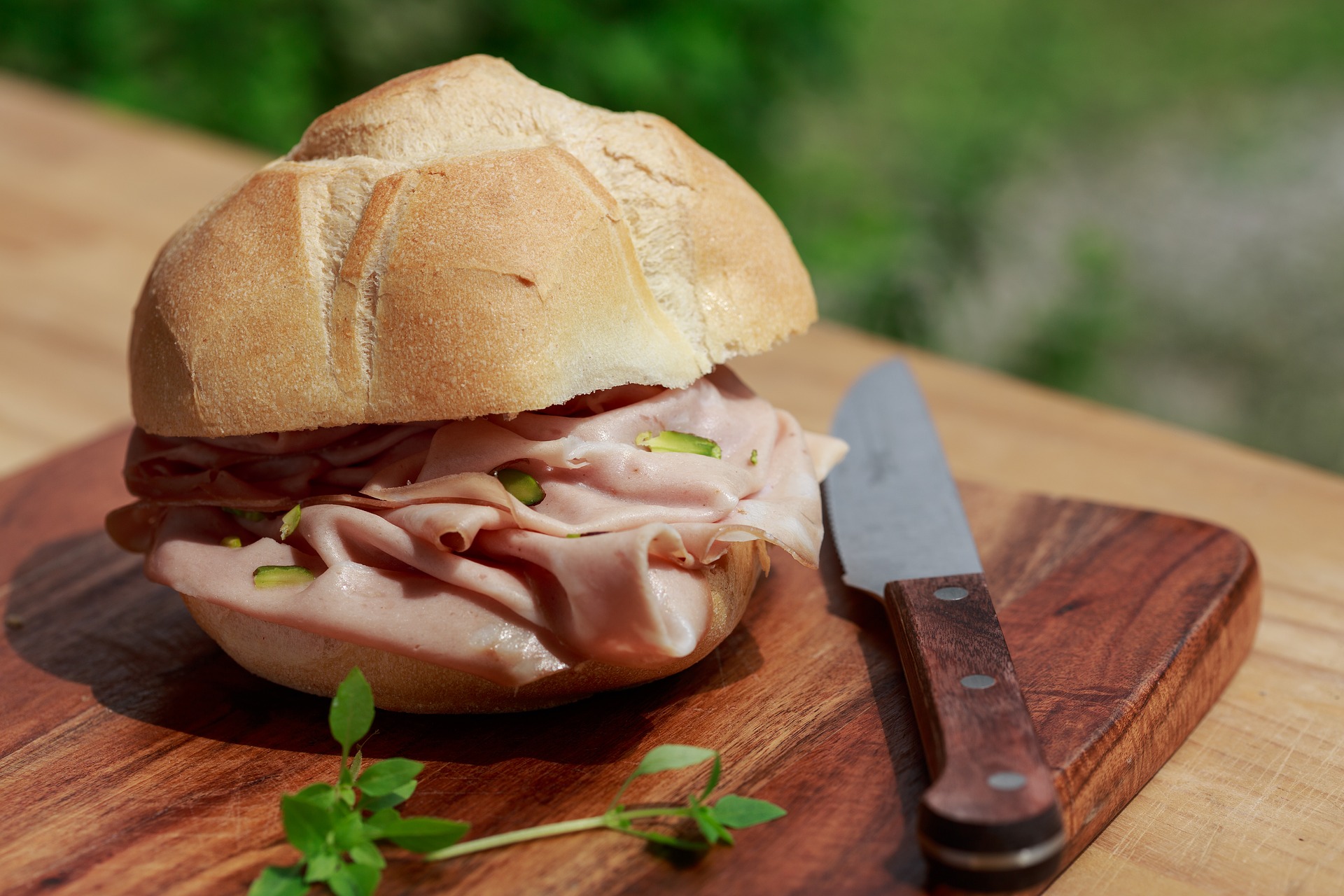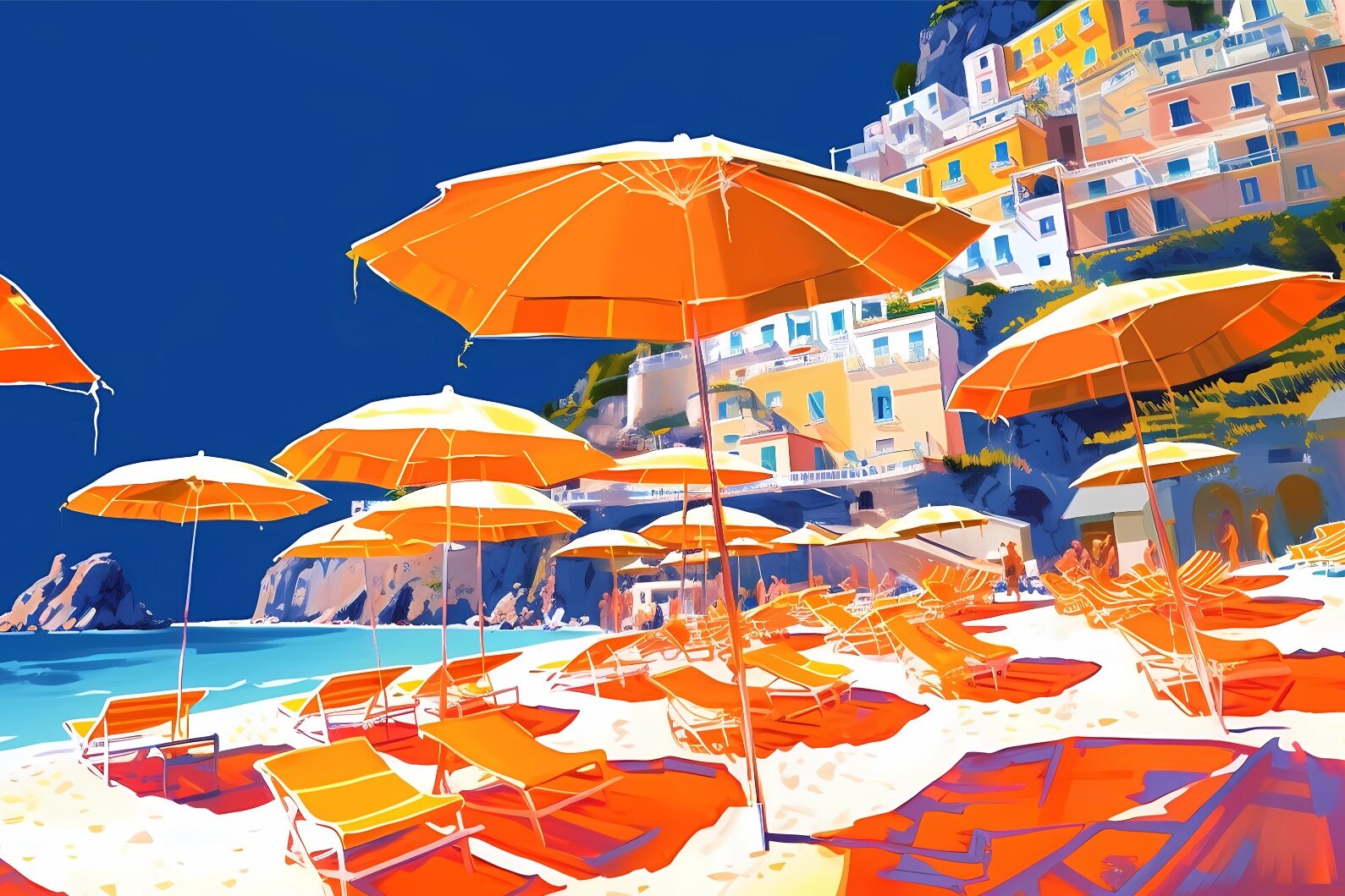It’s been often said that it takes a village to raise a child. One could assert the same about an education in wine and food … getting one takes a village of supportive folks. In his new book The Wines and Foods of Piemonte, Tom Hyland shares a neighborly and personal perspective on eating and drinking in Italy’s province at the foot of the mountains, calling upon a community of important chefs and wine producers to help educate us on the message.
I recently caught up with Tom to talk about food and wine in Piemonte. Here’s what he had to say:
JM: Can you offer any guidance to readers on where to begin exploring Piemonte wine and food in everyday life?
TH: Go to a serious wine store with a thorough selection of Italian wines and ask for recommendations of Piemontese wines. Everyone loves the popular and delicious Moscato d’Asti. Roero Arneis is an excellent dry white that has become very popular over the past decade. Barbera is popular and often not expensive, and there is Gavi, Dolcetto and Barbaresco, too. Barolo, one of the world’s great red wines, is a must, if you have the budget.
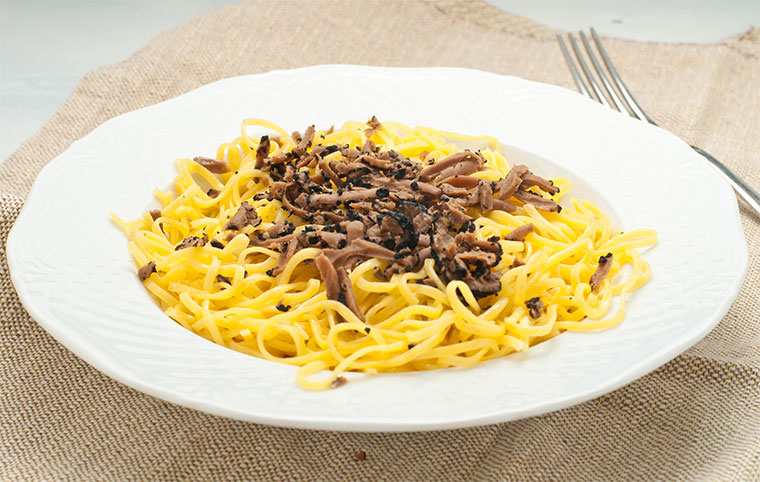
Authentic Piemontese food is not so often found in America. In Chicago, we have a wonderful restaurant called Osteria Langhe, which features Piemontese food and wine. If there is an Italian restaurant in your area that serves pasta such as tajarin or plin, try those.
JM: What’s your sense of the organic vs modern farming movement in Italy and its influence on Piemonte wine and food?
TH: There are numerous grape growers that do farm organically and their wines are a little bit cleaner and more elegant, with excellent varietal purity.
More producers have been moving toward sustainable agriculture, but because of certain regulations, can’t write it on the label. You can be fairly certain of honest farming techniques when dealing with top Piemontese producers.

JM: Do you see a point when rising prices within some appellations will make certain wines economically irrelevant to the market majority?
TH: I think that most Piemontese wines are fairly priced. Consumers may wonder why a lesser known wine from a top producer may cost $30-$40 a bottle. It’s because of a number of factors, including vine age, the track record of the producer, and of course, what’s in the bottle.
Ultimately, the market decides. If a $100 Barolo suddenly goes to $300, for example. Likewise, few consumers would pay $75 for a bottle of Barbera d’Asti, no matter what the quality.
JM: What of Piemonte wine and food would you pack for a romantic picnic?
TH: I’d keep it simple. Salumi, a fresh Barbera d’Alba, strawberries with Moscato d’Asti or Brachetto d’Acqui.
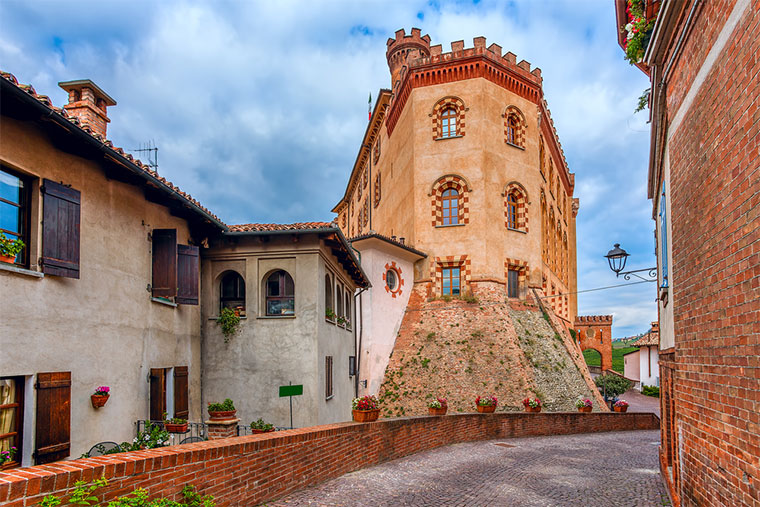
JM: Do you think that the pleasures of drinking and eating in Piemonte derive in part from the emotional impact of being there?
TH: For visitors to Piemonte, yes, emotion is unquestionably an important factor when enjoying local wines and foods. When you tour the Barolo zone or Alto Piemonte and enjoy one of the great red wines of the region paired with food made from local ingredients, how could you top that? You can’t be objective about that experience, at least not if you have a pulse, you can’t recreate that experience at home.
JM: You’ve been traveling regularly to Piemonte for more than 15 years. Is it becoming harder to find new experiences, wines and foods that get you excited?
TH: When I did the research for this book, visiting areas such as Gattinara, Boca and Colli Tortonesi, where the fabulous white Timorasso is produced, brought wonderful new experiences that I treasured.
Even visiting producers only in Barolo and Barbaresco, producers always tell me about other producers in the area that they know and respect. These sorts of introductions are priceless and have led me to great contacts and wonderful wines.
JM: Which of Piemonte’s wine producers do you think are on track to best set a path toward the future, yet maintain a connection to the great Piemonte wine traditions of the past?
TH: I’d say that producers such as Vietti, Elio Grasso, Fontanafredda and Braida, to name just a few, are doing quite well in this regard. I hope all producers will respect the traditions of Piemonte. We don’t need internationally-styled wines from Piemonte, now or in the future. Piemonte Nebbiolo can’t be found elsewhere, it’s unique, so consumers need to taste the wines and learn why they are so special.
You can contact Tom Hyland at thomas2022@comcast.net.
Tasting Note:
Cantine Sant’Agata ‘na Vota Ruché
Red berries and flowers, Asian spice…cardamom, five spice powder, black peppercorn. Weightless in a way that convinces you gravity is just conceptual.
